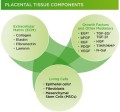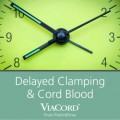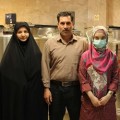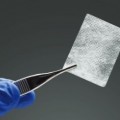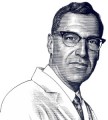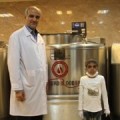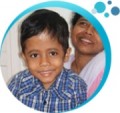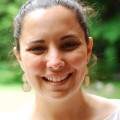You are here
News
2017
Aug 2017 Viable tissue from the amniotic membrane of the placenta improves wound closure by a factor of three over standard of care.
Jul 2017 ViaCord study finds that delayed cord clamping reduces both the volume and pre-processed TNC count of cord blood units collected in a family bank setting.
Jul 2017 Elham, a 12-year-old girl from Iran, was cured of leukemia by her sister’s umbilical cord blood stem cells.
Jul 2017 PrestigeTM Lyotechnology from Osiris is a technique that keeps cells and tissues alive while allowing for long-term storage at ambient temperatures.
Jun 2017 Cleft lip and palate are usually diagnosed in utero and the parents can plan to save the child's umbilical cord tissue as a non-invasive source of a surgical graft.
Jun 2017 Ahmad Reza was successfully treated for thalassemia using cord blood from his sister banked with Royan Stem Cell Technology of Iran.
Jun 2017 Moinam was successfully treated for thalassemia using cord blood from his sister banked with Cordlife India.
May 2017 Parent’s Guide to Cord Blood Foundation has created a search engine that enables readers to look up all clinical trials conducting cell therapy with cord blood that are currently open worldwide.
Apr 2017 Transplant physicians should share their advances and needs with antenatal caregivers. We need more professional development programs for midwives and medical students to bridge the gap.
Apr 2017 Most parents are not aware of the full potential of the umbilical cord tissue. They also do not realize that the cord tissue storage method may compromise parent access.

